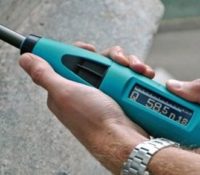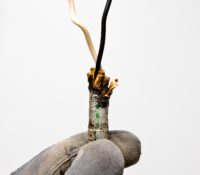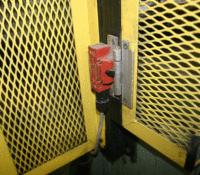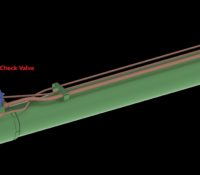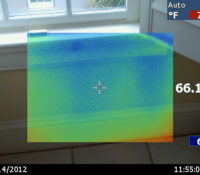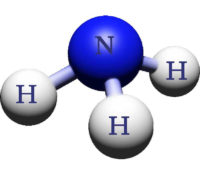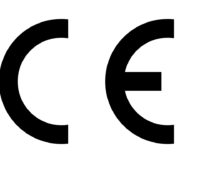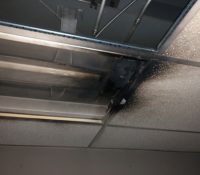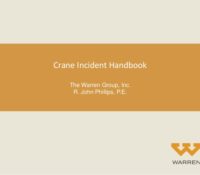What You May Not Know About Using a Concrete Test Hammer
When assessing potential problems in concrete structures, consider a non-destructive test using the concrete test hammer, AKA “rebound hammer,” before investing a lot of time and money needlessly replacing or destructively testing the concrete structure. The use of rebound hammer tests should be considered before you or your client decide to drill multiple core samples. Large areas of the concrete structure suspected of having potential strength problems can be tested quickly with a rebound hammer. Analysis of those results can narrow down specific areas for more rigorous testing. Read More


